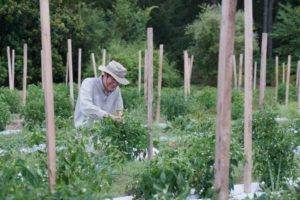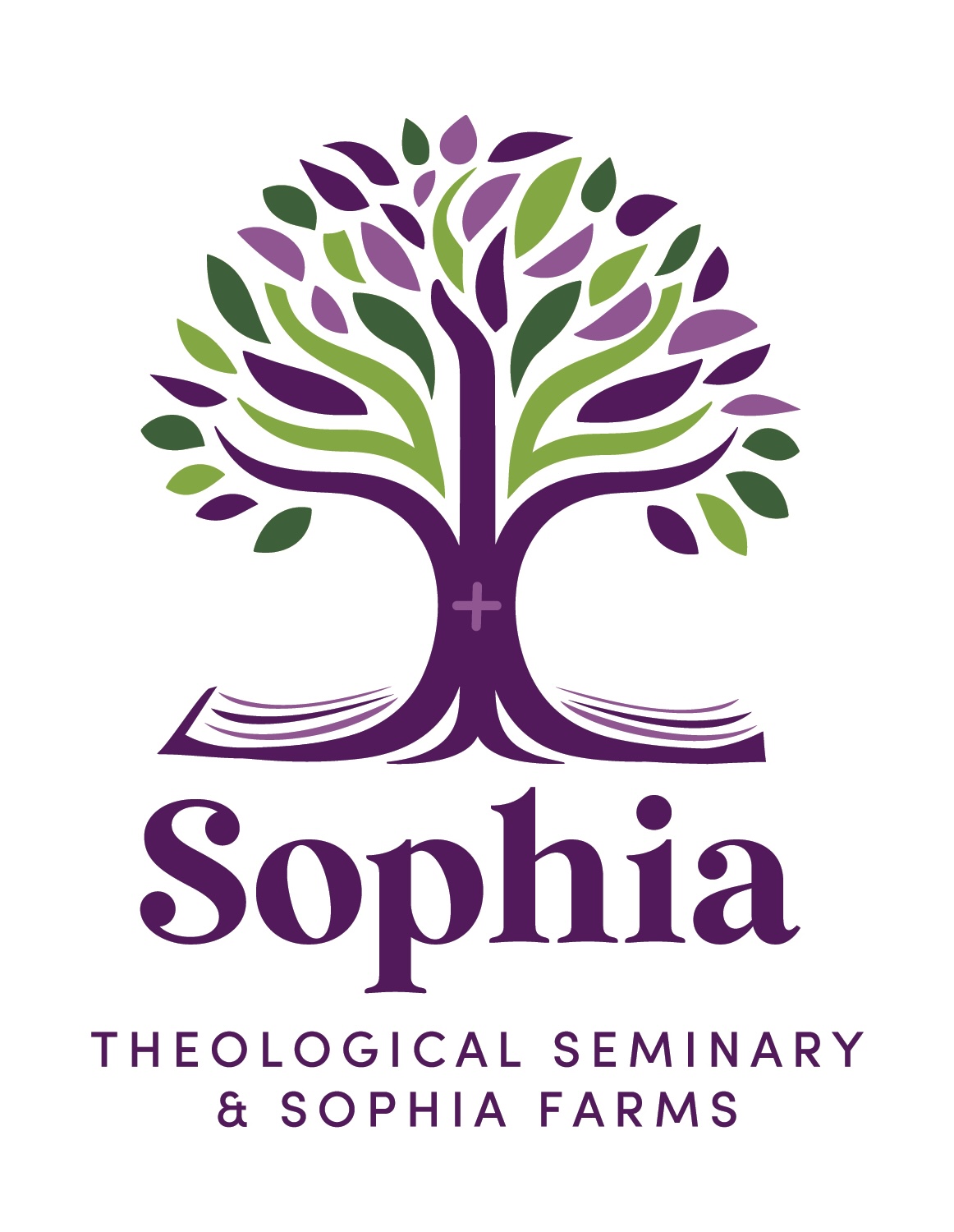Glossary

Principles of regenerative agriculture guide the practices of Sophia Farms. Regenerative Agriculture refers to an integrated approach to plant and animal production having a site-specific application that will over the long term:
- Satisfy human food and fiber needs
- Enhance environmental quality and the natural resource base upon which the agricultural economy depends
- Make the most efficient use of nonrenewable resources and on-farm resources and integrate, where appropriate, natural biological cycles and controls
- Sustain the economic viability of farm operations
- Enhance the quality of life for farmers, their communities, and society as a whole
The following terms describe basic principles and practices of a regenerative agriculture system
Community Supported Agriculture (CSA) is a term that refers both to a distribution system for farm products, but also at a more fundament level CSA also refers to the philosophy underpinning the system: a partnership between a farm and the community local to that farm.
A CSA works somewhat like a magazine subscription: customers pre-purchase shares of the harvest before the growing season begins, and then enjoy the food when it is delivered during the growing season.The pre-paid subscriptions help fund the substantial operating costs each crop season, for example, buying equipment, seeds, and supplies. In return, customers receive fresh, locally grown produce each week from a farmer they know and support.
Compost is a soil amendment produced by a form of decomposition that requires oxygen, carbon, nitrogen, and water. The process is conducted primarily by microbes, or tiny living organisms. Composting occurs naturally in nature under varying conditions and at varying rates. In building a compost pile, a farmer chooses conditions most hospitable for the microbes. Composting provides a way to recycle “waste” food, vines, stalks, and other organic materials into the soil to enhance production.
Cover Crops are planted to cover and improve the soil rather than for harvesting. The practice of cover cropping is an ancient one. Cover crops can be planted in between crop seasons or when a field is at rest. Cover crops reduce soil erosion, aid soil fertility and soil quality, improve water quality, control weeds, pests, and diseases, promote biodiversity, and provide wildlife habitat. Examples of cover crops are hairy vetch, rye grass, and crimson clover.
Cultural Control Methods are used to increase yield, control disease, and control weeds by properly selecting and rotating crops, choosing the best planting and harvest times, using resistant varieties and certified plants, and taking advantage of certain plants’ natural ability to suppress weeds.
Drip Irrigation conserves water by transmitting water to the plants through a flat, perforated “tape” laid on the soil’s surface or buried under the soil. Drip irrigation releases water slowly and significantly reduces losses due to evaporation. As well, fertilizer can be introduced without risk of harm to plant leaves.
No-Till is a crop production method where the soil is left mostly undisturbed during planting. Advantages include increased water infiltration, reduced water run-off, and increased soil organic matter. Weed control is accomplished through crop rotation, cover crops, and mulches.
Nutrient Management is the practice of applying the proper amount of fertilizer nutrients to produce expected yields and to maintain nutrients in the soil for uptake by crops rather than causing environmental harm when lost through run-off to surface waters or leaching to groundwater.
Organic Matter is the fraction of the soil that consists of plant or animal tissue in various stages of breakdown (decomposition). Most productive agricultural soils have 3-6% organic matter. Soil organic matter contributes to soil productivity in physical, chemical, and biological ways.
Organic Production is a system that integrates cultural, biological, and mechanical practices that foster cycling of resources, promote ecological balance, and conserve biodiversity. It avoids inputs, such as fertilizer and insecticides, that may be non-renewable, synthetic, or have harmful effects.
Soil Health, also referred to as soil quality, is a key focus of time, energy, and resources in regenerative farming. The soil’s ongoing capacity to function as a vital living ecosystem sustains plants, animals, and humans. Soil health involves managing soil sustainability for future generations. Key principles include maximizing continuous living root systems, biodiversity, and soil cover while minimizing soil disturbance.
Soil structure refers to the way individual particles of sand, silt, and clay are assembled. Single particles when assembled appear as larger particles. These particles are called “aggregates.” Aggregation of soil particles occurs in different patterns, resulting in different soil structures.
